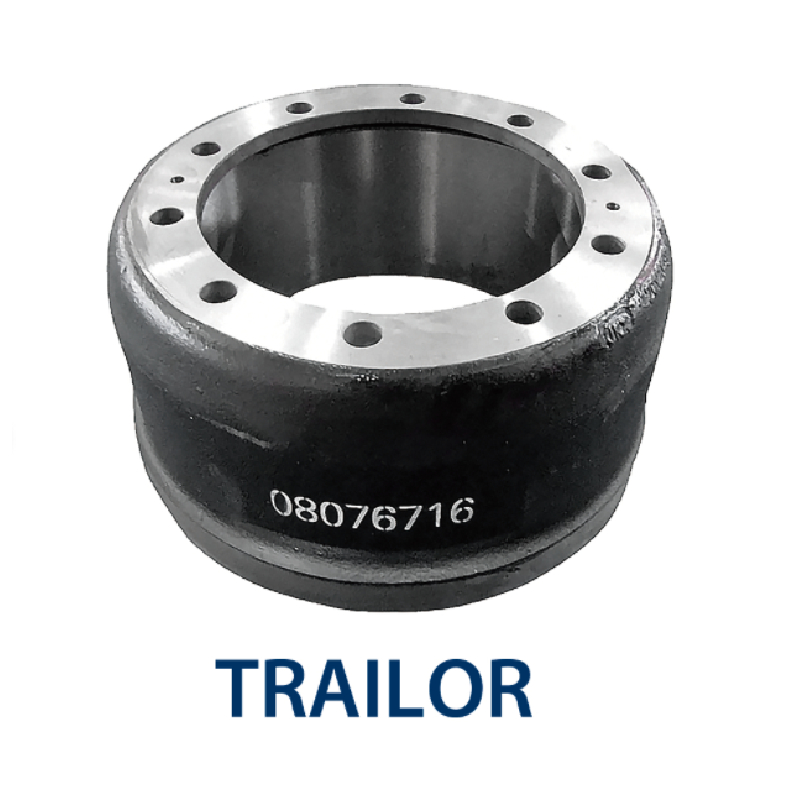Nov . 16, 2024 18:04 Back to list
brake drum and rotor lathe
The Importance of Brake Drum and Rotor Lathe Services
In the realm of automotive maintenance, the terms brake drum and rotor are often heard, but their importance can sometimes be overlooked. These components are essential for a vehicle’s braking system, ensuring safety and performance. However, like all mechanical parts, they wear down over time and require servicing. One effective method of maintaining brake components is through the use of a brake drum and rotor lathe.
Understanding Brake Drums and Rotors
Brake drums and rotors serve the critical function of slowing down or stopping a vehicle. Brake drums are typically found in drum brake systems, consisting of a cylindrical component that houses the brake shoes. When the brakes are applied, the shoes expand against the drum, creating friction that slows the wheel's rotation.
Rotors, on the other hand, are associated with disc brake systems and are flat, circular disc components. Brake pads clamp onto the rotor when the brakes are engaged, generating friction to slow down the vehicle. Both drums and rotors experience wear and tear due to constant friction, leading to surfaces that may become uneven or warped over time.
The Role of Lathe Services
A brake drum and rotor lathe is a specialized machine used to resurface these components
. When drums or rotors are worn, they can create a host of problems, including vibrations, noise, and uneven braking performance. Resurfacing helps to restore their flat and smooth finish, enhancing the effectiveness of the brake system.The lathe operates by removing a thin layer of material from the surface of the drum or rotor. This machining process eliminates imperfections, such as grooves, scratches, and warping, that can develop over time. Regular lathe servicing extends the life of the drum and rotor, ensuring optimal performance and safety.
Benefits of Resurfacing
brake drum and rotor lathe

1. Cost-Effectiveness Resurfacing is often more affordable than complete replacement. It provides a viable option for extending the lifespan of existing components without the hefty price tag of new parts.
2. Improved Braking Performance By restoring a smooth surface, drivers can experience better contact between the brake pads and the drums or rotors. This leads to more effective braking, resulting in reduced stopping distances and increased safety.
3. Reduction in Noise and Vibration Worn or warped drums and rotors can cause significant noise and vibration during braking. Resurfacing minimizes these issues, contributing to a more comfortable driving experience.
4. Environmental Impact By choosing to resurface instead of replacing, fewer components end up in landfills, promoting a greener approach to automotive maintenance.
When to Consider Resurfacing
It is essential to regularly inspect brake components to determine if resurfacing is necessary. Signs that drums or rotors may need attention include
- Vibrations while braking This often indicates that the surface is uneven. - Increased stopping distance A reduction in braking efficiency suggests wear. - Unusual noises Grinding, squealing, or thumping sounds can signal the need for resurfacing. Automotive professionals typically recommend inspecting the braking system during routine maintenance or when replacing brake pads, as it’s a prudent time to assess the condition of the drums or rotors.
Conclusion
In industry terms, a brake drum and rotor lathe is more than just a tool; it is an essential part of the vehicle maintenance process. The significance of keeping brake components in optimal condition cannot be overstated. Regular lathe services not only enhance safety and performance but also save money and benefit the environment. As such, both vehicle owners and automotive technicians should prioritize the maintenance of brake drums and rotors, ensuring a smooth and safe driving experience. The choice to resurface rather than replace should be a cornerstone of sound automotive care, reflecting an understanding of the intricate balance between cost, performance, and safety in today’s fast-paced world.
-
Scania Brake Drums: OEM Quality for Optimal Safety & Durability
NewsAug.16,2025
-
R.V.I: Advanced Remote Visual Inspection for Precision
NewsAug.15,2025
-
Discover HYUNDA: Innovative Vehicles, Equipment & Solutions
NewsAug.14,2025
-
R.V.I: Unlock Advanced Insights & Real-time Performance
NewsAug.13,2025
-
Kamaz Brake Drum: Durable & Reliable for Heavy Duty Trucks
NewsAug.12,2025
-
Heavy Duty Iveco Brake Drum - Premium Quality & Safety
NewsAug.11,2025
